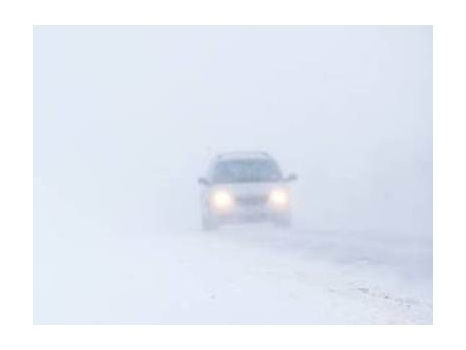After This Year’s 8.4% Rebound, Global Broadcast Radio Poised to Jump 3.5% In 2022.
- Inside Audio Marketing

- Dec 6, 2021
- 3 min read

Broadcast radio ad revenues rose by 8.4% – or $2.5 billion – this year and are on track to grow by 3.5% in 2022, according to a new global advertising forecast from WARC. Radio is poised to increase 1.5% in 2023, when the market will be worth $34.3 billion. WARC says that makes it the only legacy medium set to record continuous growth over the forecast period.
Meanwhile, advertising spend on online audio rose by a third to $5.4 billion in 2021, with podcast spend up 50.9% and streaming up 28.4%. Both formats are expected to see gains until 2023, by when the online audio sector as a whole is expected to be worth $8.3 billion.
The new numbers are part of WARC’s new ad spend forecasts for 100 markets worldwide showing the global ad market has largely weathered the impact of COVID-19, so far, and is on course to reach a value of $1 trillion (USD) by 2025. Yet more than half of that total will go to just three companies: Google owner Alphabet, Facebook and Instagram parent Meta and Amazon.

Here’s how WARC sees the global ad market getting to that $1 trillion milestone. This year brought a meteoric 23.8% rise to a total of $771 billion (USD) – the strongest growth in WARC’s four decades of market monitoring. Next year is forecast to see a 12.5% increase followed by an 8.3% lift in 2023, with e-commerce platforms set to lead this growth.
WARC says that all ad categories are projected to top pre-COVID investment levels next year, and that most sectors were able to record a full recovery this year. Notable exceptions include transport & tourism, which led growth with an increase of $12.5 billion in 2021. Yet despite that massive leap, the category is still almost $2.9 billion down from pre-pandemic spending levels.
James McDonald, Director of Data, Intelligence & Forecasting at WARC says the ad industry is experiencing a boom like none seen before, led by increased demand for retail media and ancillary publishers such as Google and Instagram, which is now the world’s largest social platform. “Our projections show that this trend is set to continue, with Alphabet, Meta and Amazon now on track to account for more than half of an advertising market worth $1 trillion in 2025,” McDonald said in a news release. “New coronavirus variants – such as Omicron – may have a negative impact on our current outlook, and while our base scenario assumes that impact is muted, we will continue to review that position each quarter.”

Following are WARC’s trends for the five largest ad categories in 2022:
Telecoms & utilities: Helped by double-digit growth in 2020, this is the first category to record ad spend above the $100 billion mark in a single year (2021). Strong investment in online advertising will help fuel further rises, leaving the vertical’s total level of spend in 2023 more than double the pre-pandemic figure in 2019.
Business & industrial: Spend grew by a quarter in 2021 and a further increase of 13.4% to a total of $94.1 billion is expected in 2022. Growth from business advertisers in 2023 will be the second-quickest rate across all categories, WARC says, behind telecoms & utilities, and this brings total spend above $100 billion.
Media & publishing: Advertising investment was largely flat in 2020 but surged in 2021, rising by 33.4% to take total spend to $83.6 billion. Double-digit increases in the next two years will push investment above the $100 billion mark by 2023.
Retail: A cut of $5.4 billion in 2020 will more than be recovered this year – investment will rise by 20.0% before easing to 10.1% growth in 2022. A further increase in 2023 will lift total spend to $89.5 billion, by which point online media will account for more than three-fifths of all investment.
Financial services: Mild growth in 2020 coupled with steep cuts to automotive advertising has pushed financial services into the top five largest categories. Total spend rose by almost one-third this year and this will take total spend to $63.9 billion. Double-digit growth is expected in 2022 and 2023, by when investment will be two-thirds higher than in 2019.




Comments